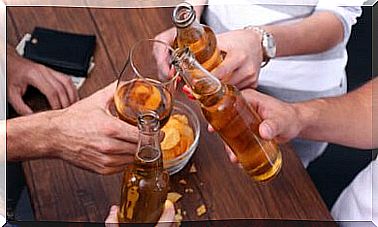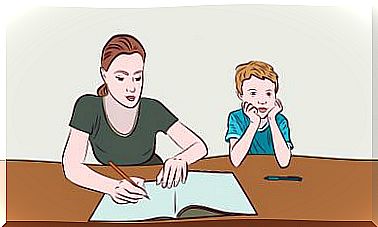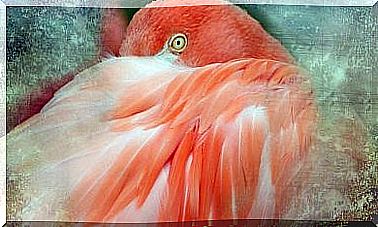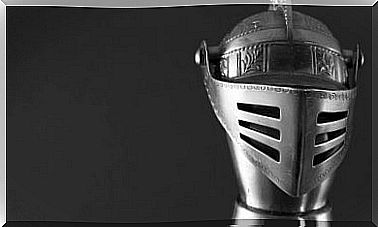Laughing Gas Can Alleviate Treatment-resistant Depression
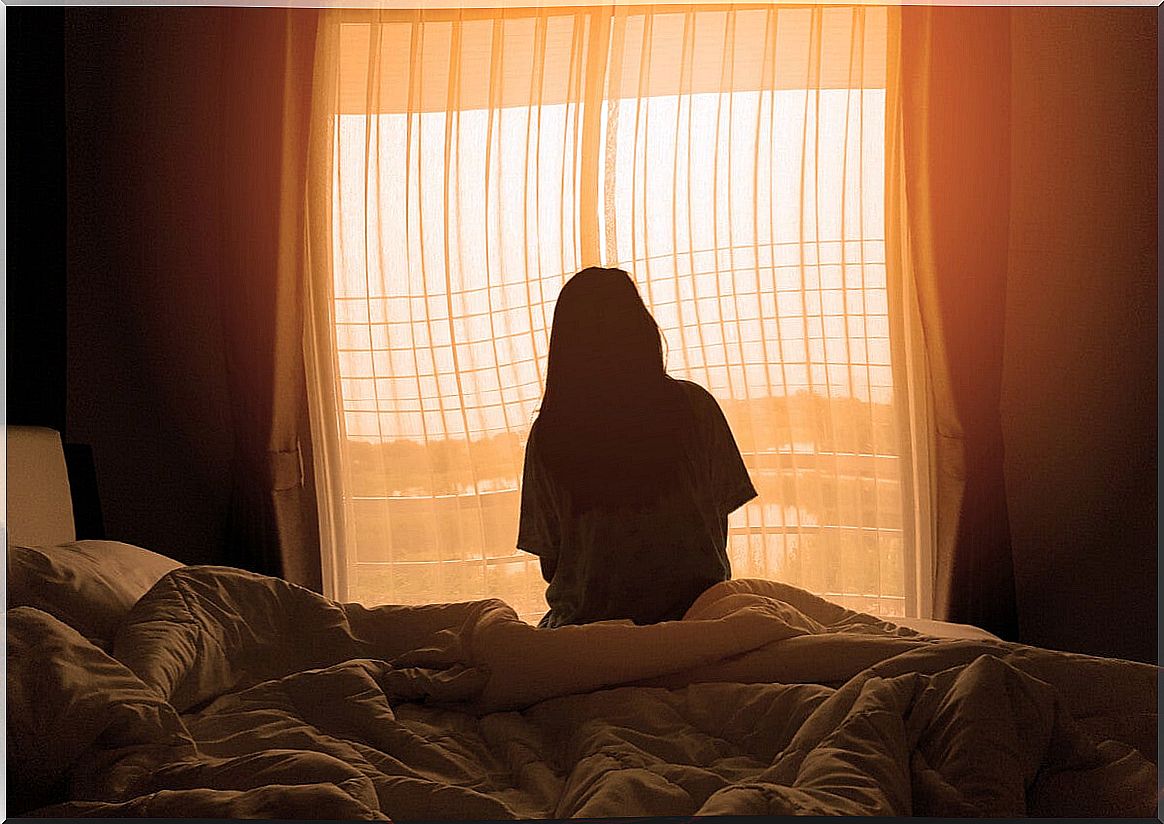
The so-called laughing gas, traditionally used as a quick form of anesthesia, could now have a new use. Nitrogen oxide has been found to improve symptoms in people with treatment-resistant depression. It takes just one hour of inhalation for patients to feel a change in their mood that lasts even beyond four weeks.
The data is more important than we think because the group that suffers that resistance to ordinary treatments is doomed to a very disabling quality of life. Currently, the clinical trial with this therapeutic option is in phase two and the data obtained so far are encouraging.
It is possible that in the future we will have a new resource for people for whom ordinary treatments for depression, such as psychological therapy and drugs, do not work. This gas used regularly in medical and dental clinics could now have a new use.

What is resistant depression?
To first understand the significance of this news, it is important to define what resistant depression is and what it consists of. We define it that way basically because it does not respond to ordinary pharmacological treatments. It is also known as refractory depression and affects, on average, 30% of patients who are diagnosed with major depression.
Studies such as those carried out at the University of Toronto describe the clinical complexity in dealing with these realities. On the one hand, there is the effort of doctors, psychologists and psychiatrists when it comes to designing new strategies. But on the other hand, there is the hopeless patient and each time with less encouragement to start new approaches.
Characteristics of treatment-resistant depression
The British Association of Psychopharmacology considers that we are dealing with a person with resistant depression when they have already tried different combinations of drugs without experiencing improvement. Generally, the following strategies are used:
- Increase dosage.
- Change drugs.
- Combine antidepressants.
- Combine with second generation antipsychotics, benzodiazepines, zinc, anticonvulsants, triiodothyronine …
- In recent years, novel therapies that include ketamine, psilocybin or anti-inflammatories are being tested.
- Many patients with treatment-resistant depression have benefited from transcranial magnetic stimulation (TMS). It is a non-invasive and painless therapy to stimulate the cerebral cortex and based on neuromodulation, capable of interfering with normal brain activity in a controlled way.
Many of these approaches do not always work, and when they do, the duration is short. This forces science to search for new strategies. Laughing gas is an option.

Laughing gas and its benefits in treatment-resistant depression
The study was published only a few weeks ago and has already been around the world. The University of Washington has found that patients with resistant depression show marked improvement when they inhale a mixture of oxygen and the anesthetic drug nitrous oxide (also known as laughing gas).
As we have said, the clinical trial is in phase two and so far the data is particularly good. It is enough to breathe in this combination for an hour for the effects to last about four weeks. In other words, the person with major depression recovers well-being and functionality for a month.
Now, the truth and perhaps the most interesting of all this is that science has been studying the potential of nitrous oxide or laughing gas as an antidepressant for more than a decade. However, neither the ideal dose nor combination had yet been given, the side effects were numerous, and, so far, the adverse consequences outweighed the benefits.
What are the advantages of laughing gas over ordinary antidepressants?
Dr. Peter Nagele, a professor in the department of anesthesia at the University of Chicago and one of the study’s authors, makes an interesting point. Common antidepressants act on the brain’s norepinephrine and serotonin receptors and take several weeks for the patient to respond.
For its part, nitrous oxide or laughing gas acts on multiple receptors in brain cells, especially the glutamate NMDA receptors. It only takes a few hours to improve the mood of the person with resistant depression. Thus, and during this time, what scientists have done is to look for that ideal combination that does not cause side effects (dizziness and vomiting).
It has been found that a combination of 25% laughing gas combined with oxygen is enough for the person not to notice any discomfort. In this way, the symptoms of major depression are reduced and a state of improvement is entered that can last beyond four weeks, at which time a new dose would be needed.
For now, the investigation is ongoing and it is expected that we will soon have more data on this topic that could give a breath of hope to thousands of patients.
